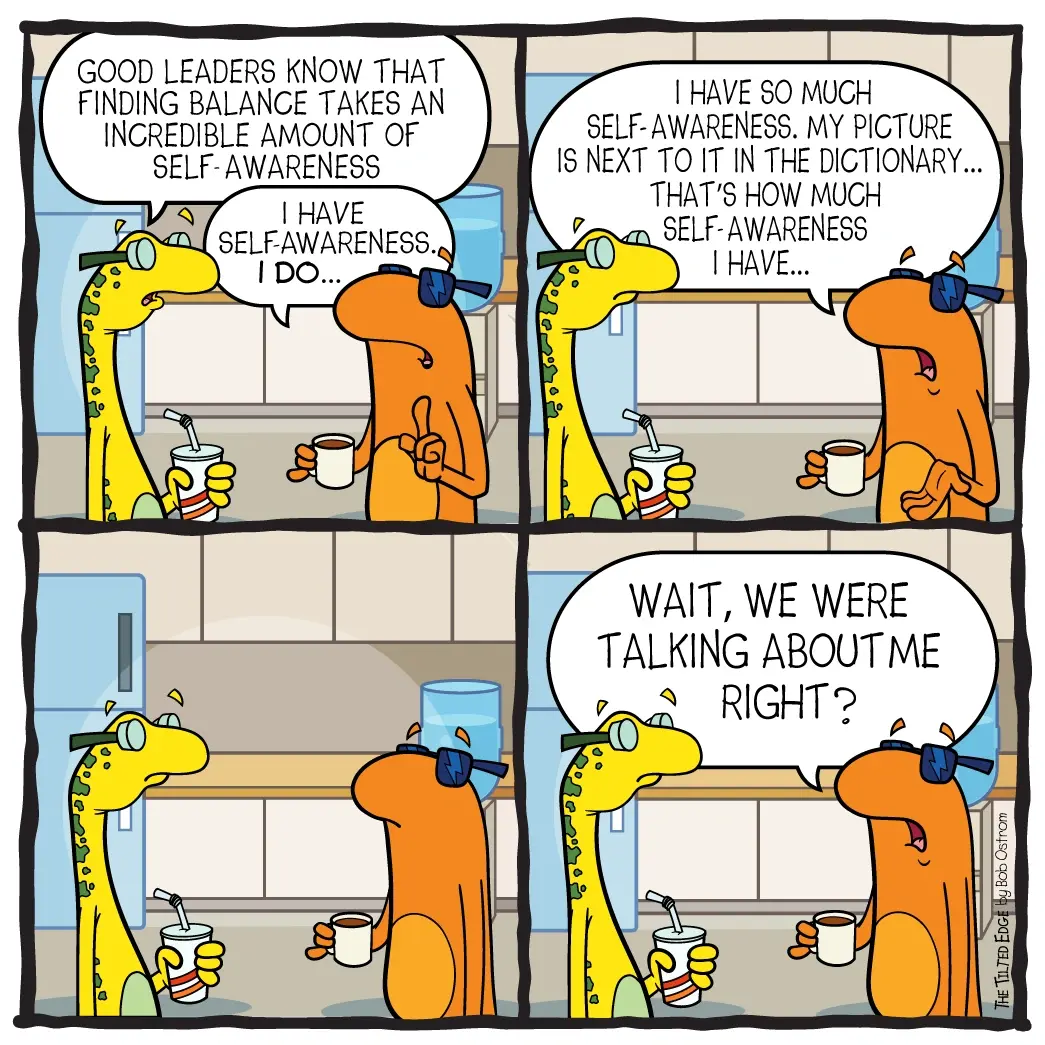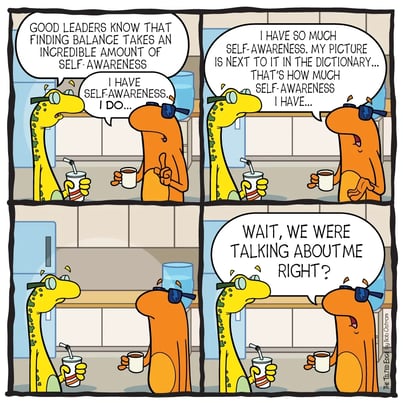

Low morale
Low morale is rapidly becoming one of the most talked about topics in post-pandemic coaching sessions. At alarming rates, employees and leaders alike are reporting feelings described as “burned out, stuck, lost, unmotivated and misunderstood due to generation gaps”. The virtual work environment of the pandemic is shifting to a confused hybrid culture where people are uncertain about how to connect and keep work flowing at old productivity levels. Instead of growth, everyone seems to be paring down and cutting costs.
The result? A deceleration and pause in business as usual in a year where it seems everyone is in recovery mode. There is an increased desire for healing, and few know where to find it.
Just like the invisible forces of bacteria and radiation can have a devastating impact on a living system, morale is something that is more or less unseen, yet it can drastically alter our moods, relationships, and the productivity of our teams. The construct of team morale can be defined in several ways.
A good way of articulating it can be the overall attitude of a team or organization towards the working environment. For example, a team with low morale might work hard, but they might do so grudgingly. An organization with low morale might have good financial numbers but experience a high rate of turnover due to burnout. In each of these examples, failure might be delayed, at least temporarily, but unless conditions are ameliorated quickly, deterioration probably won’t be forestalled indefinitely.
Low Work Morale and Team Dysfunction
Dysfunctional work environments and low employee morale are not uncommon, even during economically favorable times. Low morale in the workplace can often be a symptom of negative behaviors that have slipped into becoming too frequent. For example, if a team’s leader has started second-guessing every nuance of every new idea proposed by their team, people are probably going to look forward to working with less gusto. This, ultimately, will manifest in poor productivity, especially if it is extreme enough.
Low morale may also be an indication that your team is feeling a lack of psychological safety on either a personal or team level. If employees are constantly worrying about losing their positions, the lack of financial safety can eventually mushroom into paralysis.
Psychological safety is best described as the absence of interpersonal fear. When a team or team member feels supported by their team members, team leader, (and organization more generally), they tend to have a feeling of safety. When that safety is replaced by unconscious fears, however, productivity may begin to decline.
The difficult part about psychological safety is it may look different for each member of your team. Some people enjoy receiving constructive criticism, while others fervently avoid it. The person who welcomes extreme honesty might experience a sense of increased safety receiving the feedback, while another person is terrified by it.
One key to regaining balance and restoring optimal conditions requires an awareness of the importance of psychological safety in shaping morale, both on the part of the team leader and the individual team members themselves. It only takes one person engaging in dysfunctional behaviors and drama to trigger a decline in morale.
We all have certain behavioral patterns or traits we lean into and that we consider our strengths. Leaning into a strength is typically perceived as a positive thing, but sometimes when we lean too hard on those strengths (or when we enact them too frequently), it can evolve into negativity. If these liabilities routinely trigger fellow workers, morale can quickly plummet.
What Low Work Morale Looks Like
Low morale at work can pop up at any point. Picture the captain of a ship from the 1700s who used corporal punishment to keep shipmates working beyond normal human limits. While the crew might get the vessel to its destination by the desired time, the captain may have lost some crew to illness or injury by the time they land. It might even be the case that the crew mutinies due to extremely low morale, so they never get to their destination at all.
In today’s modern corporate world, leaders seldom use corporal punishment, but driving productivity by provoking paranoia or by making vicious threats isn’t entirely dissimilar. Is it straightforward to manage a team in ways that ensure high morale? If it were, low morale would never be an issue.
How Personality Patterns Have An Impact
It can be very helpful to use personality and strengths assessments to increase self-awareness in leaders and influential team members. This can help the leader understand the impact they may have on the team and can help everyone understand one another better when under stress. While it won’t prevent all negative clashes, it can provide the help that prevents teams from polarizing, dividing, and fracturing into stagnation.
Tilt365 provides personality strength assessments for four patterns of behavior most common to leaders and teams. These patterns report a set of strengths that produce four specific work outcomes, including Connection, Impact, Clarity, and Structure. A brief description of these four common patterns follows:
- Connection: When a person or a team is Tilting into CONNECTION, it means they are focused on connecting PEOPLE and IDEAS to produce the outcome of Collaboration. The top two character strengths observed are Likability and Openness. When this personality pattern is over-tilted (due to ego fear) it shifts into a lack of structure and diligence that reduces effective execution. Team or leader symptoms include blaming and fabricating.
- Impact: When a person or team is Tilting into IMPACT, it means they are focused on connecting IDEAS and ACTION to produce the outcome of Innovation. The top two character strengths observed are Creativity and Confidence. When this personality pattern is over-tilted due to ego fears, it shifts into a sense of urgency for action that is not well thought-out and creates re-work. Team or leader symptoms include fabricating and dominating.
- Clarity: When a person or team is Tilting into CLARITY, it means they are focused on connecting PEOPLE and DATA to produce the outcome of Alignment. The top two character strengths are observed as Trust and Perspective. When this personality pattern is over-tilted due to ego fears, it shifts into paralysis analysis and resistance, often slowing progress to a standstill. Team or leader symptoms include blaming and diminishing others.
- Structure: When a person or team is Tilting into STRUCTURE, it means they are focused on connecting DATA and RESULTS to produce the outcome of Execution. The top two character strengths are observed as Integrity and Diligence. When this personality pattern is over-tilted due to ego fears, it shifts into an obsession with details and perfectionism, leading to relationship breakdown. Team or leader symptoms include dominating and diminishing others.

Increasing awareness of the tendencies of each of these four patterns can be super helpful to keep the team in balance and operating from strength instead of fear. Learning how each of us can operate from strength or temporarily shift into fear can help everyone learn to course-correct quickly, so the team doesn’t fall into unconscious fear-based behaviors. Knowing one’s True Tilt pattern is especially important for the team leader and can help them notice when the team is slipping into fear. Development actions explained in the True Tilt Personality Profile™ assessment development plan can help tip things back into balance with awareness and quick response time.
Your True Tilt pattern may be similar to the people you interact with, or it might be drastically different. What motivates one person may seriously impair the morale of another. Understanding these different True Tilt patterns (and how they can trigger one another) can go a long way towards helping a team leader coach the team to regain balance and ensure high levels of morale in their team.
The problem many dysfunctional team leaders face, however, is a lack of self-awareness about their own ego fears and how they show up as symptoms or triggers for the team. It is easy to fall into the trap of assuming that the problem is with someone else, such as a team member who is not performing well or is withdrawn (or is maybe even lashing out). It’s almost always a complex set of variables causing dysfunction, and most start with the leader.
It is often challenging for a leader to come to grips with the idea that what they as a team leader bring to the table might just be the source of the problem–whether the problem is poor morale, low productivity, or an absence of psychological safety. Their fears can result in unintentional behaviors that cause people to feel blamed, diminished, dominated, or just plain left out.
Until we have a clearer understanding of our patterns (as evidenced by our True Tilt preferences) and how we interact with our team, it can be difficult to understand how, when, and why the team loses healthy measures of morale.
At Tilt, we use strength-based personality assessments to help us gain a better understanding of how team members interact with each other and how our team is performing at a macro level, both of which are crucial if we are to maintain optimal levels of morale in our teams and organizations.
If you are interested in learning more about dysfunctional teams, this article by Tilt365 CEO and Founder, Pam Boney, features a great deal of relevant content. For those who are curious about how Tilt can help their team, we recommend getting started with our strengths assessment for individuals or with our team assessment which can both be used as a launching point to commence your journey toward understanding why you do what you do and why others do what they do.



